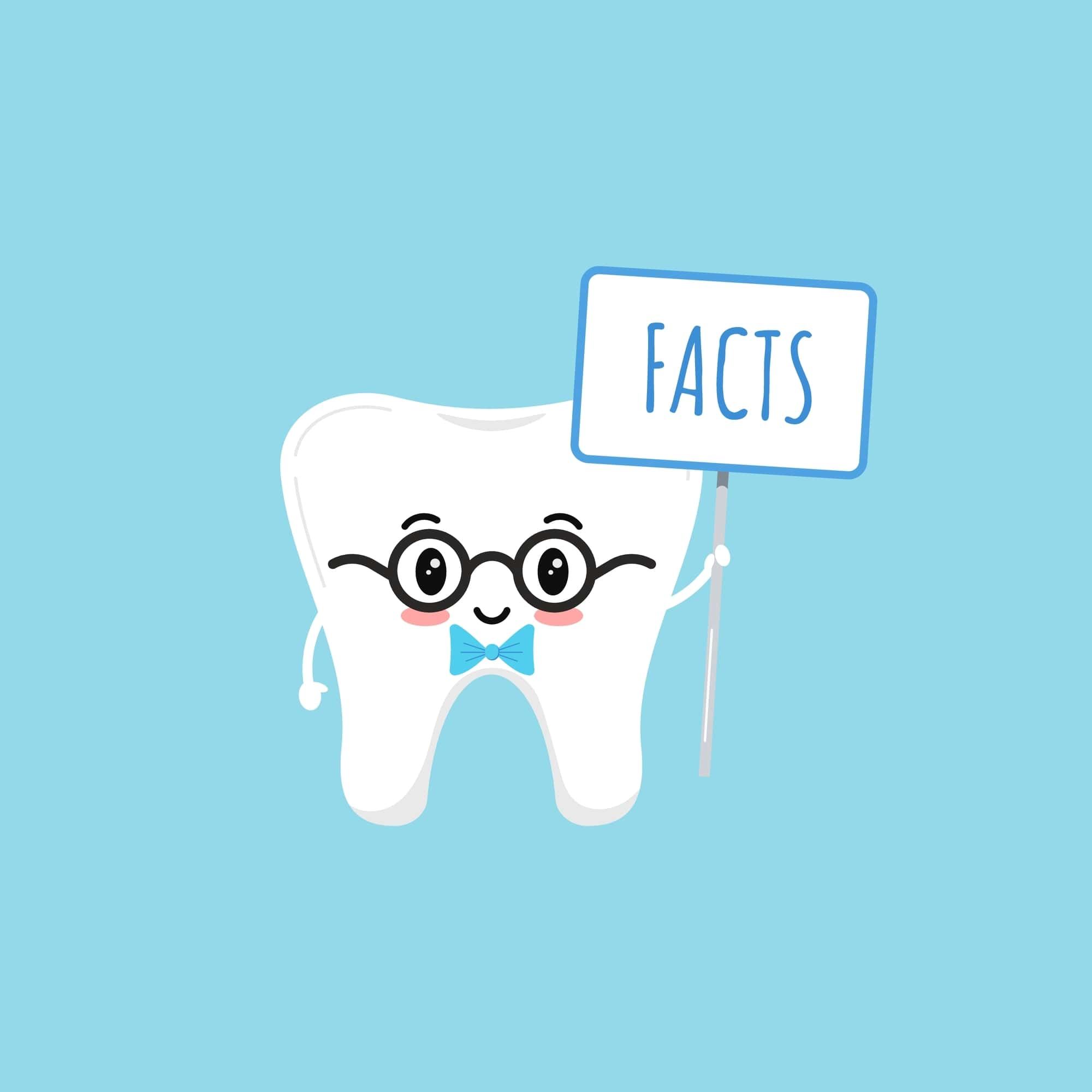We all like to think we have a clear understanding of our mouths and teeth, but chances are there’s more going on than you know. After all, your mouth is made up of an intricate system of multiple parts that work with one another so that you can chew, speak and even kiss! Let’s take a look at some interesting facts about your dental health that might surprise even the most knowledgeable dental patient.
Saliva Fights Off Bacteria in Your Mouth
Did you know that your saliva is working for you even when you don’t realize it? It is an antiseptic, meaning it helps to fight off bacteria in your mouth as you eat. It acts like a cleanser, washing away food particles that can lead to plaque buildup or cavities if left unchecked. It also helps to regulate the pH concentration in your mouth. Saliva may seem gross and unimportant, but really it plays an essential role in keeping your mouth healthy. In fact, the human mouth produces about a liter of saliva a day in order to keep the mouth clean.
Tooth Decay is Almost as Common as the Common Cold
Tooth decay is one of the most common dental problems, affecting millions of people worldwide each year. In fact, tooth decay is so prevalent that it is considered the second most common disease after the common cold. Tooth decay is caused by a combination of factors, including poor oral hygiene, a diet high in sugary or acidic foods and beverages, and certain medical conditions such as dry mouth or acid reflux. Over time, the bacteria in dental plaque produce acids that can dissolve the enamel on the teeth, leading to the formation of cavities. If left untreated, tooth decay can progress to affect deeper layers of the tooth, eventually leading to tooth loss and other serious oral health problems. The good news is that tooth decay is largely preventable with good oral hygiene practices, such as regular brushing and flossing, a healthy diet, and routine dental check-ups and cleanings. By taking steps to protect and care for your teeth, you can reduce your risk of developing tooth decay and other dental problems.
Humans are Diphyodonts
It is interesting to consider why humans have two sets of teeth. This is known as “diphyodonty” and it is a characteristic of most mammals. The simple answer is that the first set of teeth act as placeholders for the second set. However, the first set of teeth are important because they allow us to learn to speak and chew, while also allowing for proper jaw development.
We are born with a collection of 20 primary teeth. This first set of teeth are also sometimes known as baby teeth or milk teeth. During childhood as children become able to bite and chew their own food, these primary teeth slowly give way to a permanent set. Each adult has 32 permanent teeth – four more than the original number – which gives us more efficient ways to chew and break down food into smaller pieces that are easier to digest. These permanent teeth are also larger and stronger than the primary teeth.
Your Tongue is Made up of Eight Muscles

The tongue is a complex and highly specialized muscular hydrostat that plays a crucial role in a wide range of functions, including speech, swallowing, and taste sensation. In fact, the tongue functions much like an octopus’s tentacles. The tongue is composed of eight different muscles, each of which has a specific role to play in controlling the movement and positioning of the tongue. These muscles are divided into two groups: intrinsic muscles, which are located within the tongue itself and are responsible for fine motor movements and shaping of the tongue, and extrinsic muscles, which are located outside of the tongue and are responsible for larger movements such as protrusion and retraction. Some of the key muscles that make up the tongue include the genioglossus muscle, which helps to move the tongue forward and protrude it out of the mouth, and the hyoglossus muscle, which helps to retract the tongue and pull it down towards the base of the mouth. By working together in a coordinated fashion, these eight muscles allow the tongue to perform a wide range of complex movements and functions that are essential for proper oral health and overall well-being.
The Periodontal Tissues are Highly Specialized
The periodontal tissues are not static structures, but rather are in a constant state of turnover and regeneration. The periodontal tissues include the gums, ligaments, and bones that surround and support the teeth. These tissues are highly specialized and are capable of healing and repairing themselves in response to injury or infection. For example, if the gums become inflamed due to bacteria or other irritants, the body’s immune system will send specialized cells to the area to fight off the infection and promote healing. Over time, new cells and tissues will grow to replace the damaged or diseased tissues, helping to restore the health and function of the periodontal tissues. However, if the underlying cause of the inflammation is not addressed (such as poor oral hygiene or gum disease), the periodontal tissues may continue to break down over time, leading to tooth loss and other serious oral health problems. Understanding the dynamic nature of the periodontal tissues is essential for maintaining good oral health and preventing serious dental problems from developing.
In Conclusion
As you can see, the mouth is certainly an interesting place. From the 20 primary teeth we are born with, to the 8 muscles in our tongue, and the dynamic periodontal tissues that keep our mouths healthy – there is a lot of complexity happening inside this small area of the body. With proper oral hygiene and regular visits to the dentist, however, these complex structures can stay healthy for many years to come. So brush and floss your teeth, visit the dentist regularly, and enjoy a healthy mouth for a lifetime!




